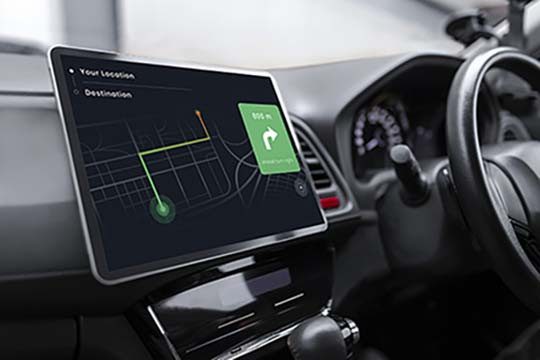
Car infotainment systems are designed to provide drivers and passengers with a range of entertainment and information options. These systems typically include a central display screen, audio system, and various input methods such as touchscreens, buttons, and voice commands. In recent years, there has been a trend towards more advanced infotainment systems that offer features such as wireless connectivity, advanced voice recognition, and augmented reality displays. The best infotainment systems have screens you enjoy looking at and modern technology that makes your life easier and more enjoyable. Some of the latest infotainment systems also feature augmented reality displays that can overlay information onto the real world. In modern cars, infotainment system designers tend to occupy the whole dashboard with large and extended display modules and various user interfaces, which can turn the car into an active multimedia dashboard. In addition, some car manufacturers are partnering with tech companies to integrate their infotainment systems with popular apps and services.
International consortiums and standards play a crucial role in the development of car infotainment systems. One such standard is ISO 26262, which defines functional safety standards and compliance requirements for the automotive industryBy contributing to these standards, companies can help shape the future of automotive by putting forth new ideas and helping consortium members streamline their operations. In addition to these standards, there are several automotive consortiums that are actively involved in the development of car infotainment systems. These consortiums enable companies to access industry expertise from multiple companies facing different challenges, ensuring that they stay informed of the latest trends and best practices.
The integration of advanced driver-assistance systems (ADAS) and infotainment systems is becoming increasingly common in modern cars. This integration can provide drivers with a more seamless and intuitive experience by allowing them to access both safety and entertainment features from a single interface. For example, some car manufacturers are developing infotainment systems that can display information from the vehicle’s ADAS sensors, such as the distance to the car in front or the speed limit of the current road. This can help drivers stay informed about their surroundings and make better decisions while driving. As the technology continues to evolve, we can expect to see even more advanced integration between ADAS and infotainment systems in the future.
SUMER has been active in the development and supply of both infotainment and advanced driver-assistance systems (ADAS) for the car industry in Iran. At SUMER, we strive to keep pace with advancements in related technologies and new requirements and standards, which are no less complicated than other electronic and information technology fields.
